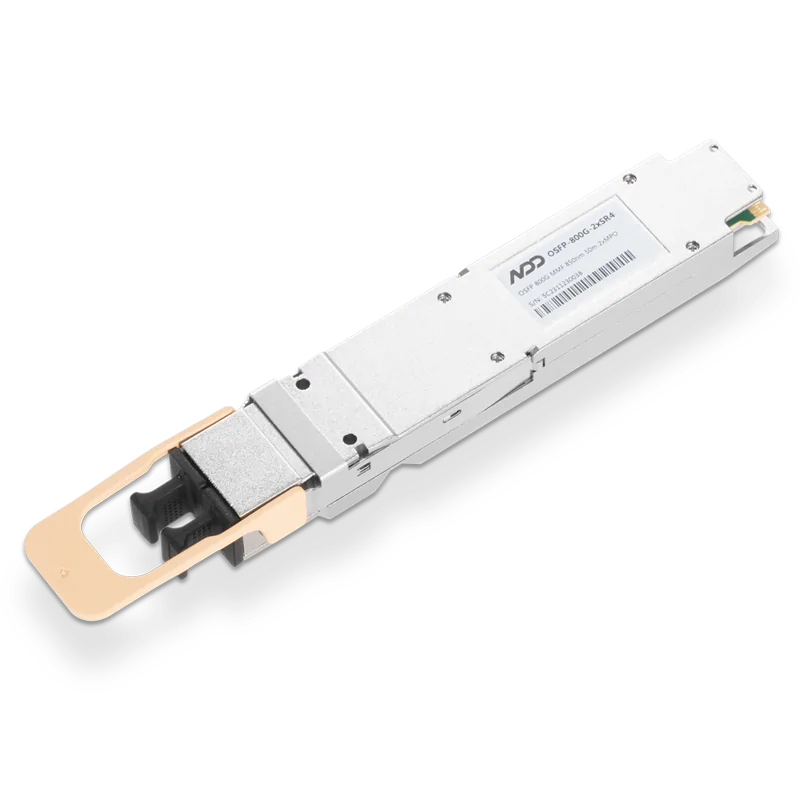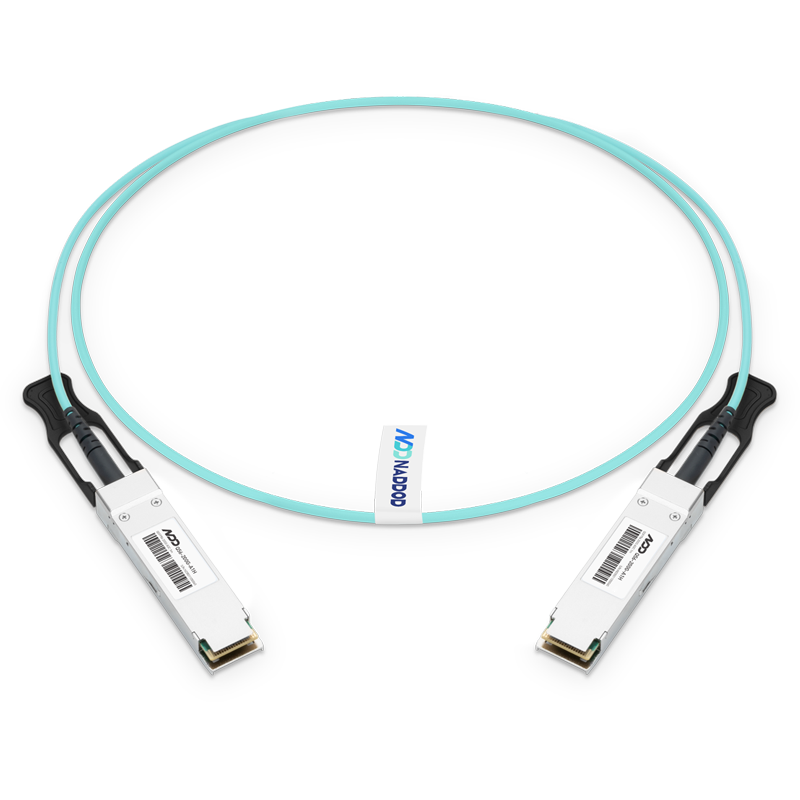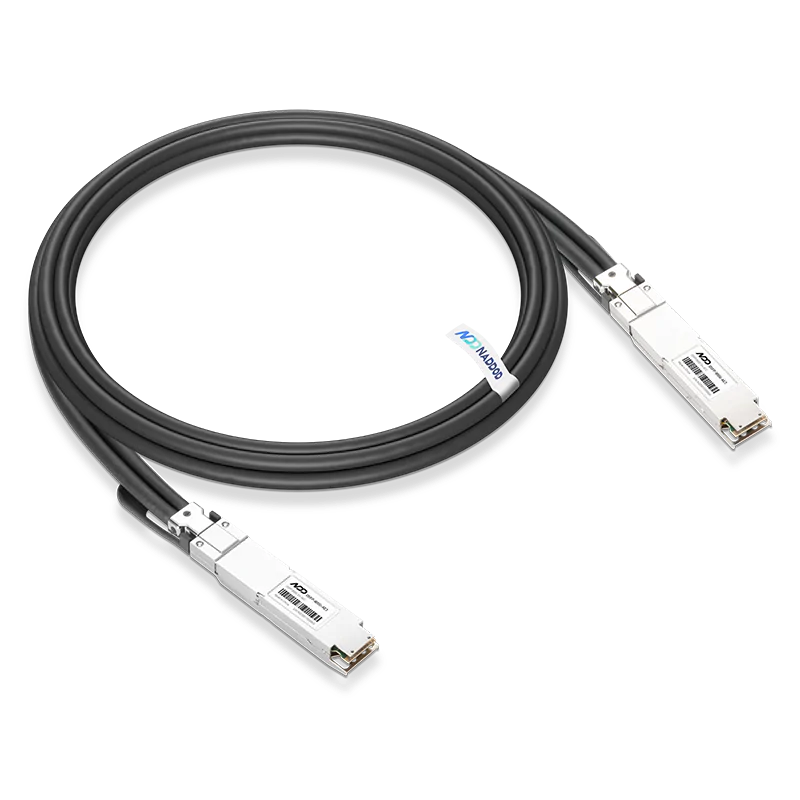PoE (Power Over Ethernet) refers to the technology that can provide DC power to devices while transmitting data signals for some IP-based terminals(such as IP phones, the wireless LAN access point AP, network camera, etc.) without any changes to the existing Ethernet Cat.5 cabling infrastructure. It is a switch that supports Power over Ethernet. Following, NADDOD will introduce the advantages of PoE Ethernet switches.
Power over Ethernet (PoE) is a convenient and economical application technology. In 2003, the first standardization appeared, which was hailed as a watershed in technological innovation. Power over Ethernet (PoE) provides a method to provide power to network devices by using standard Ethernet data lines. PoE technology eliminates the trouble of building a separate power supply cable for each device. It is a convenient and economical method to directly supply power to various network security devices such as wireless access points and security cameras through network cables.
More devices are equipped with PD technology, which can obtain power and data through ordinary Ethernet twisted-pair cables, without laying additional power lines for remote devices. In this sense, the IEEE 802.3af PoE standard provides 15. W power output and can also meet most PoE power supply needs, such as 802.11 a/b/g/n wireless APs, airport terminals, etc.
The special design of the industrial PoE Ethernet switch can meet the IEEE 802.3af standard and can provide power for network equipment. With PoE technology, it greatly simplifies the installation of network devices such as IP surveillance cameras, wireless access points, IP phones, and other devices that support PoE in remote outdoor and remote areas.

 800GBASE-2xSR4 OSFP PAM4 850nm 50m MMF Module
800GBASE-2xSR4 OSFP PAM4 850nm 50m MMF Module- 1Analysis of the Mainstream 100G Transceiver in Optical Communication
- 2Exploring the History of Active Optical Cables
- 3How to Choose Optical Modules for Switch Stacking?
- 4Vera Rubin Superchip - Transformative Force in Accelerated AI Compute
- 5NVIDIA GB300 Deep Dive: Performance Breakthroughs vs GB200, Liquid Cooling Innovations, and Copper Interconnect Advancements.































